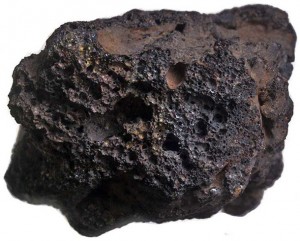

A meteor exploded near the Podkamennaya Tunguska River in Siberia, Russia on June 30th, 1908. The largest meteor air burst was the Tunguska event.

.jpg)
A meteor will become visible to the naked eye between 250,000 and 390,000 feet above the Earth’s surface.A meteor will either deflect off the Earth’s atmosphere and go back into space, burn up completely or impact the surface and become a meteorite.A meteor (falling star or shooting star) is a meteoroid that has entered the Earth’s atmosphere.The Catalogue of Meteorites: 2002 June (current through Met. This and the Fireball Network are the two automatic networks in North. Every day, Earth is bombarded with about 48.5 tons (44 tonnes) of. Meteorites, it seems, come from their rear end. Canada’s Southern Ontario Meteor Network also has cameras that are similar to NASA’s. Scientists break down how meteors break up. A meteoroid that burns up as it passes through the Earths atmosphere is known as a. Canada’s CMOR (Canadian Meteor Orbit Radar) can detect meteoroids about 0.04 inches (1 millimeter across), and can detect the speed, direction, and location of these small objects. Most meteors result from meteoroids no more than a few centimeters in diameter. A meteor denotes the fiery streak or 'shooting star' which appears when a tiny meteoroid strikes the Earth's atmosphere and burns up. Database stats: 69992 valid meteorite names (includes relict meteorites) 6805 provisional names 13835 full-text writeups. A meteoroid is a small rock or particle of debris in our solar system. A meteoroid is a solid body in interplanetary space before it reaches the Earth's atmosphere. Millions of meteoroids impact the Earth’s atmosphere every day. Uruguay Uzbekistan Venezuela Vietnam West Bank Western Sahara Yemen Zambia Zimbabwe.The fastest meteoroids can travel up to 94,000 miles per hour.An example of how impact debris can be created is by an asteroid striking a planet or natural satellite (moon). Meteoroids are also created from impact debris that gets injected into space.Meteoroids break down in the earths atmosphere, which results in the flash of. A large majority of the meteoroids in our Solar System are fragments of asteroids and comets. Meteor, Meteorite Meteors are still up in the sky.When a meteoroid survives a trip through the atmosphere and hits the ground, it’s called a meteorite. Think of them as space rocks.' When meteoroids enter Earth’s atmosphere (or that of another planet, like Mars) at high speed and burn up, the fireballs or shooting stars are called meteors. As of April 2017, the International Astronomical Union (IAU) defines an astronomical body a meteoroid if it has a diameter between 0.003 centimeter and 3.28 feet. Meteoroids are objects in space that range in size from dust grains to small asteroids.A meteoroid is a small astronomical body in outer space that is made out rock or metallic materials. Are asteroids and meteoroids made of similar thingsMeteoroids are bits of solid material of different sizes orbiting the Sun.


 0 kommentar(er)
0 kommentar(er)
